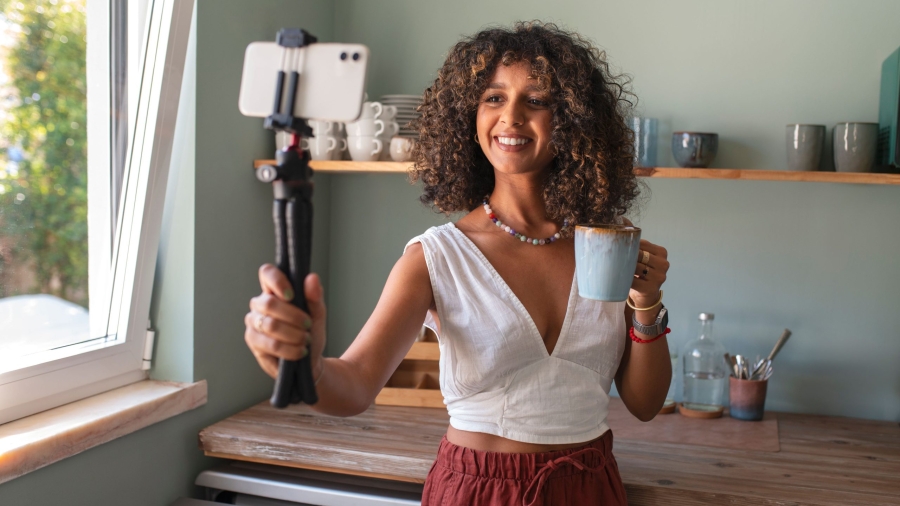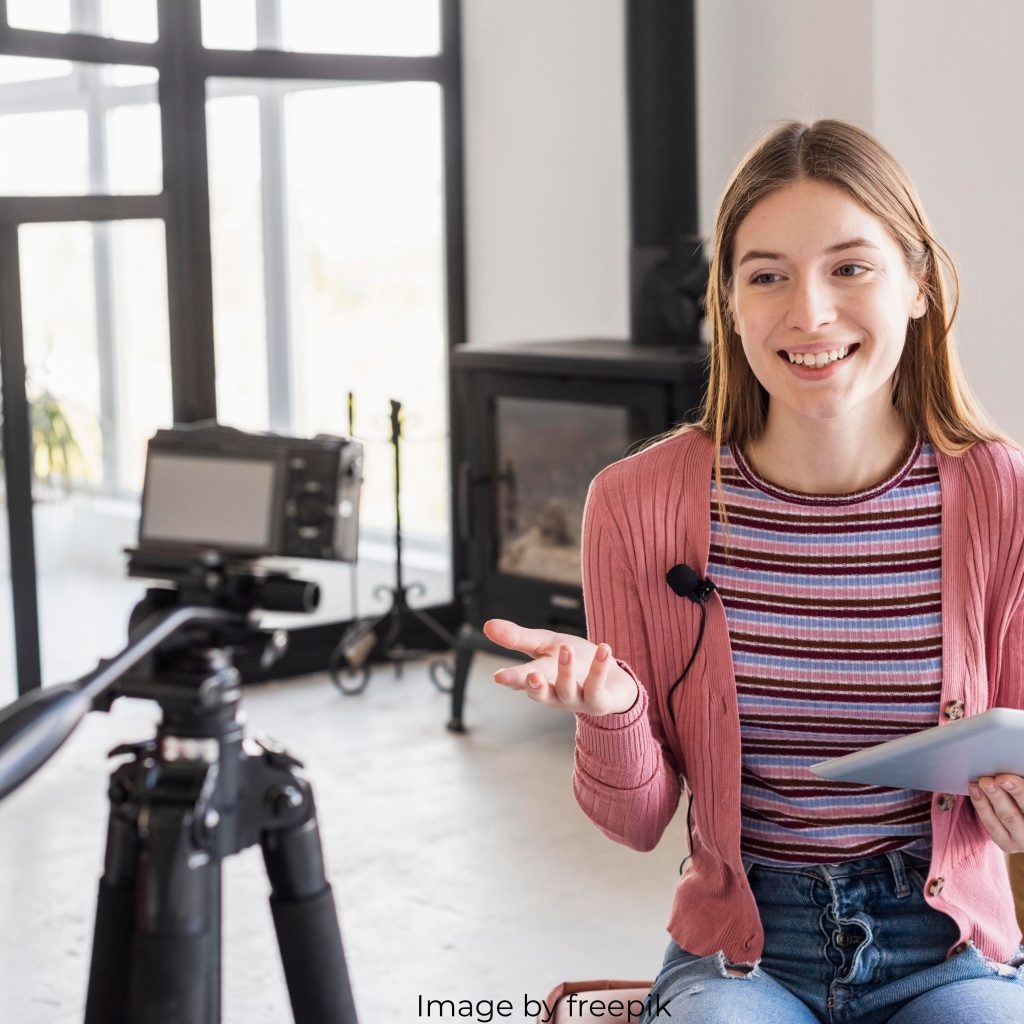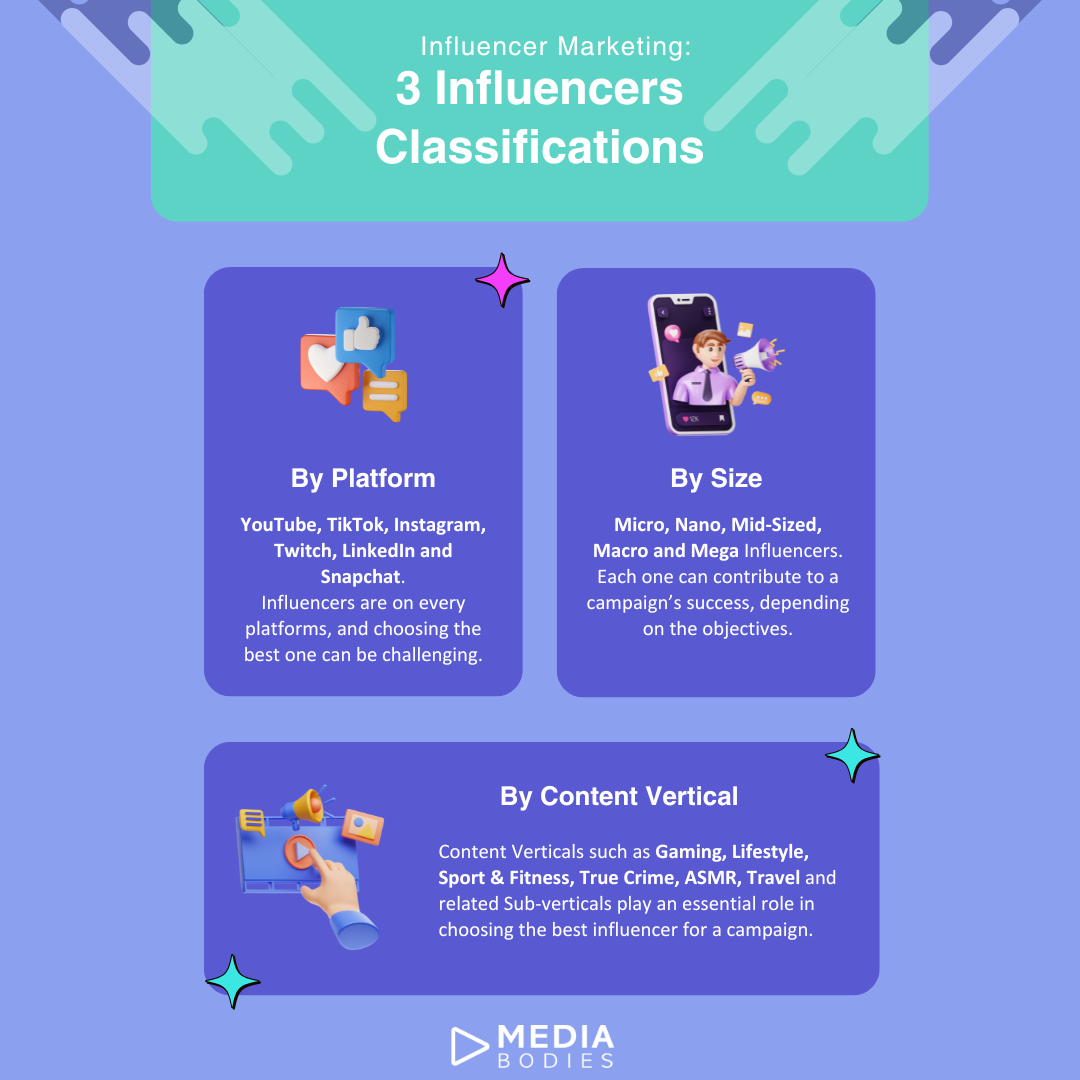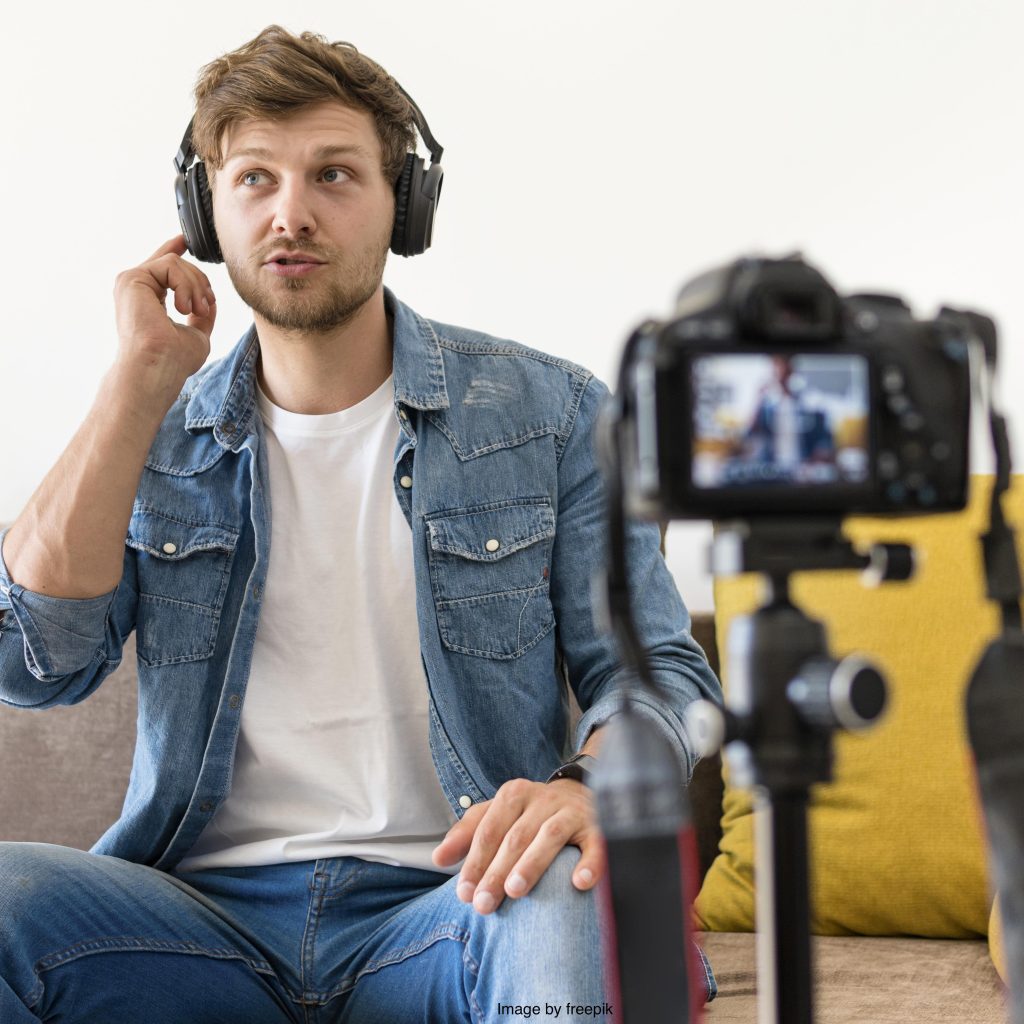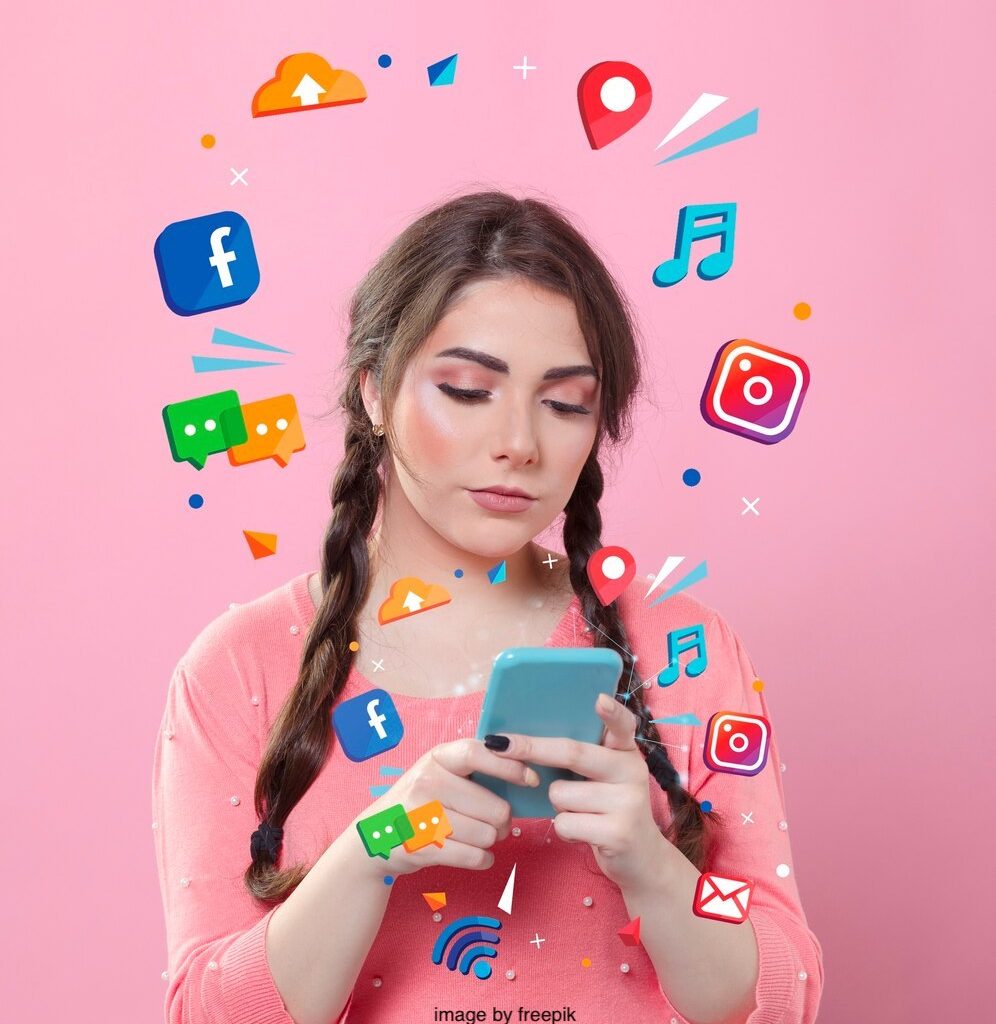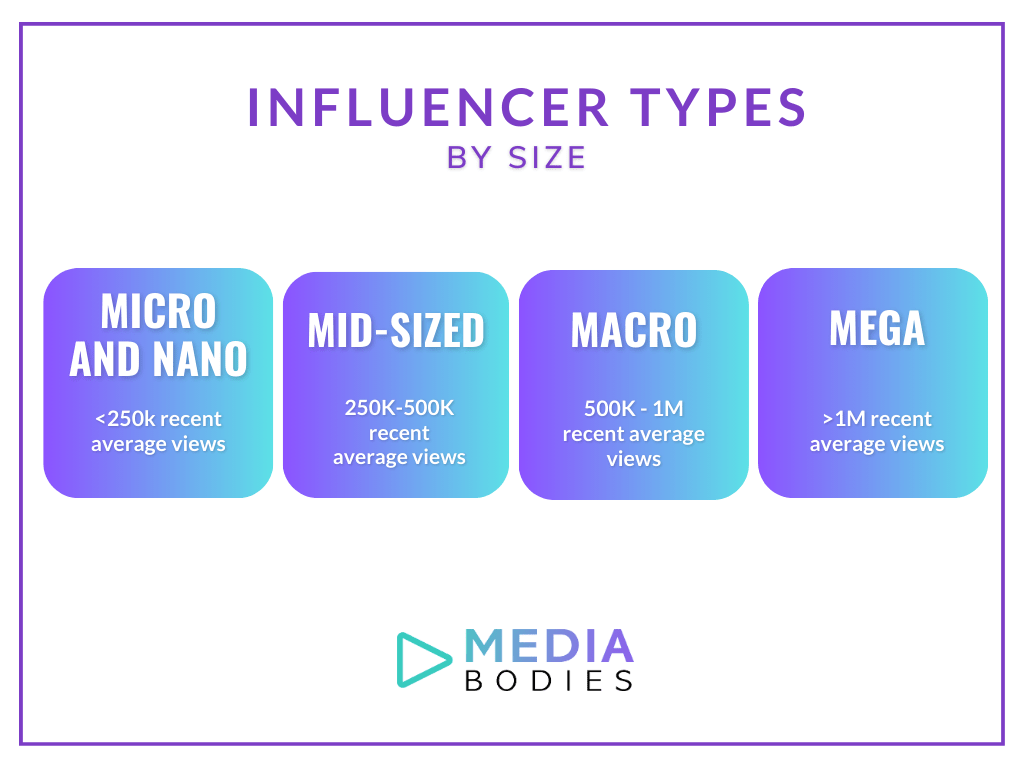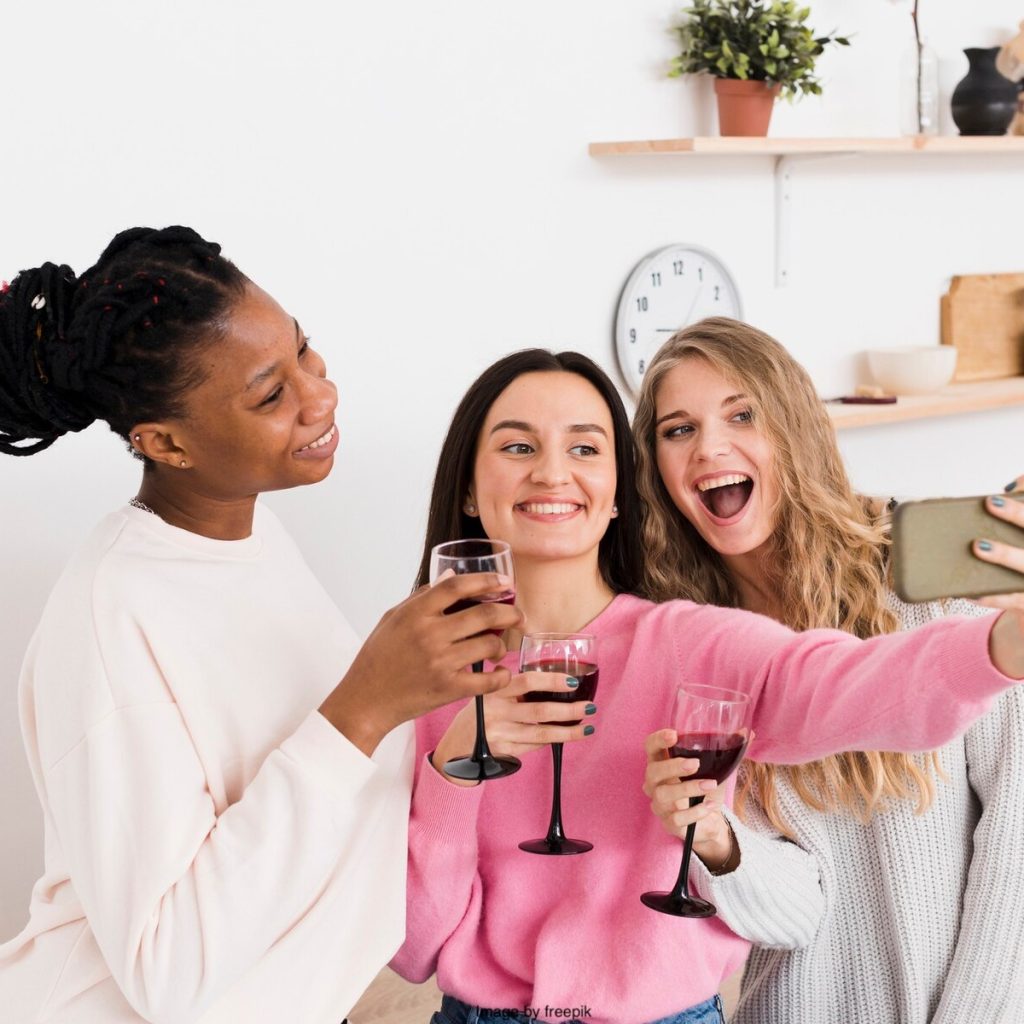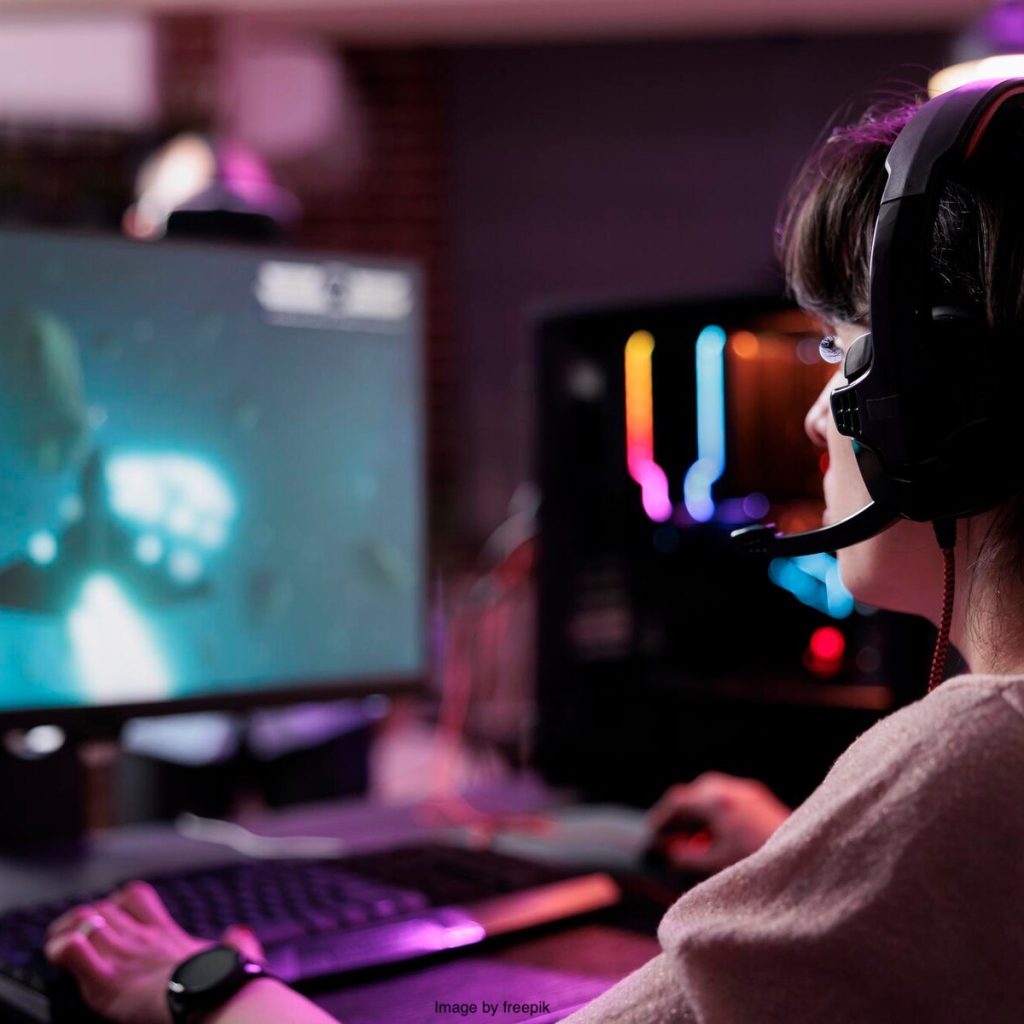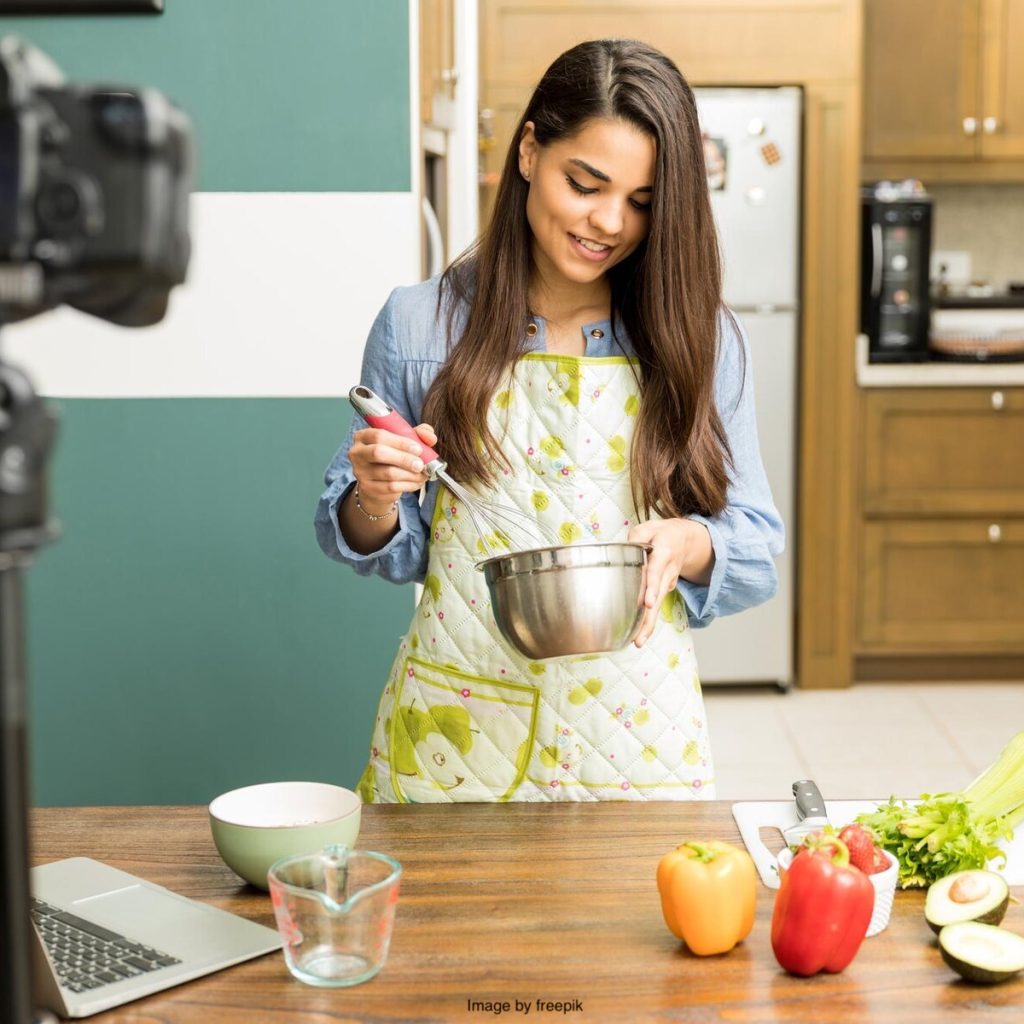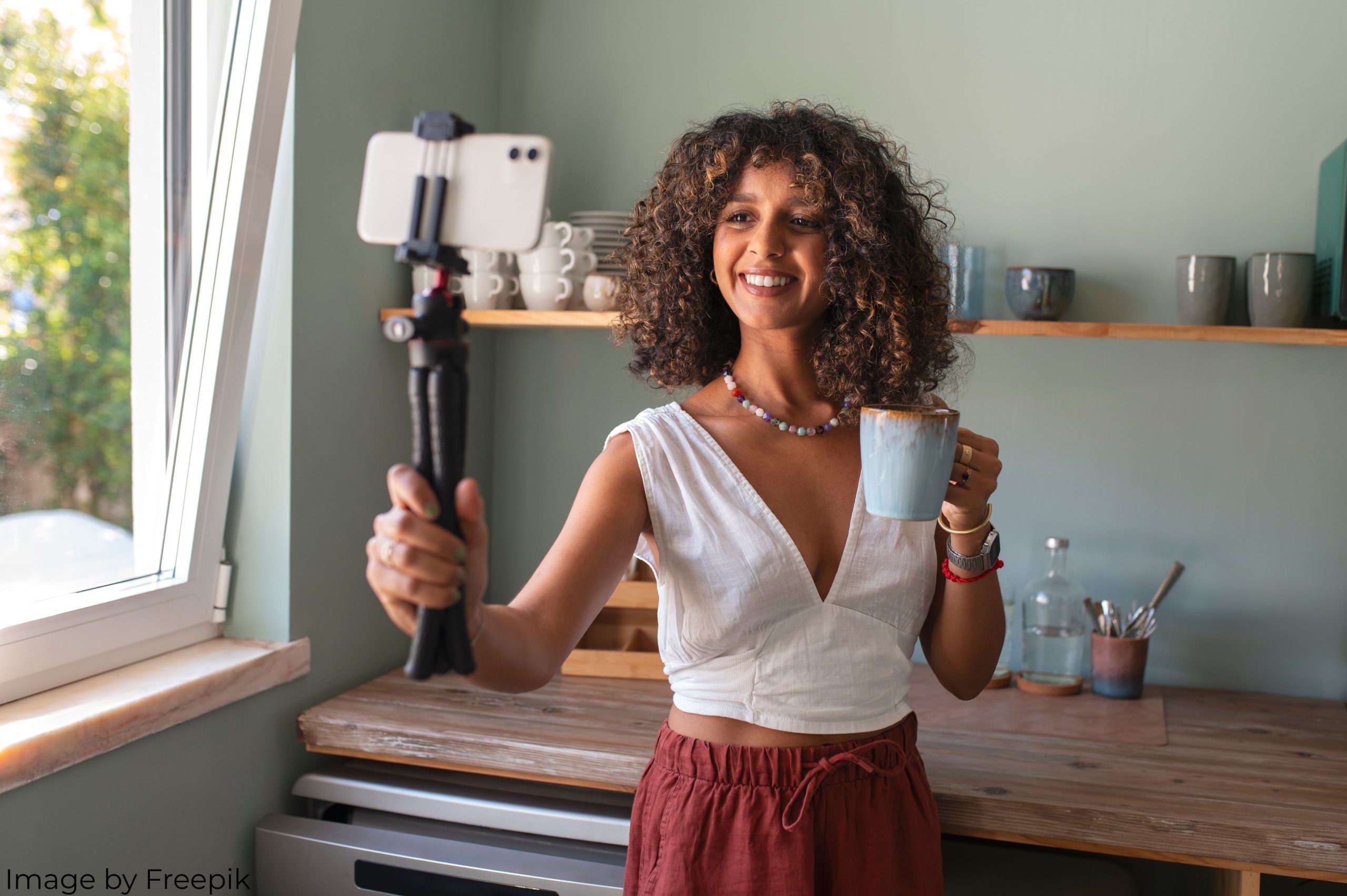
In the early years of Influencer Marketing, brands wanted to partner with creators having the most followers. Those creators are now called ‘mega-influencers.’
As the industry matured, marketing teams recognised that mega-influencers aren’t always the best or only option.
Brands have started choosing micro and nano influencers to reach smaller but more engaged communities at more affordable rates. But does this mean collaborations with mega-influencers never produce good results?
This article breaks down everything about working with mega-influencers and ensuring ROI on these collaborations.
What is a Mega-Influencer?
Influencers can be classified in various ways– from their platform and content focus to the extent of their reach. Mega-influencers fall under this latter category of influencers, representing the creators with the highest reach. However, there may be differences from one team to another in setting the benchmarks for these types of influencers.
Most like to categorise influencers based on their ‘followers’ or ‘subscribers’. However, we reccomend to categorise them based on their recent average views across the last 12 videos. This is a more realistic depiction of their relevance and current reach, and will estimate their CPM more accurately. This way you can make strategic choices that will ensure good ROI on your influencer marketing campaign.
Based on this, we tend to classify mega-influencers as those creators with over 1M average views. Mega-influencers, though few, account for over 63% of views, making them crucial for scalable campaigns.
Mega-Influencers vs Celebrities
The definitions of Mega-influencers can vary. Some considering these to only be individuals who have entirely grown their presence online. Others include celebrities who have initially gained fame offline, and gained a significant online following as a result. This includes sportspersons, musicians, actors and mainstream media personalities, so on.
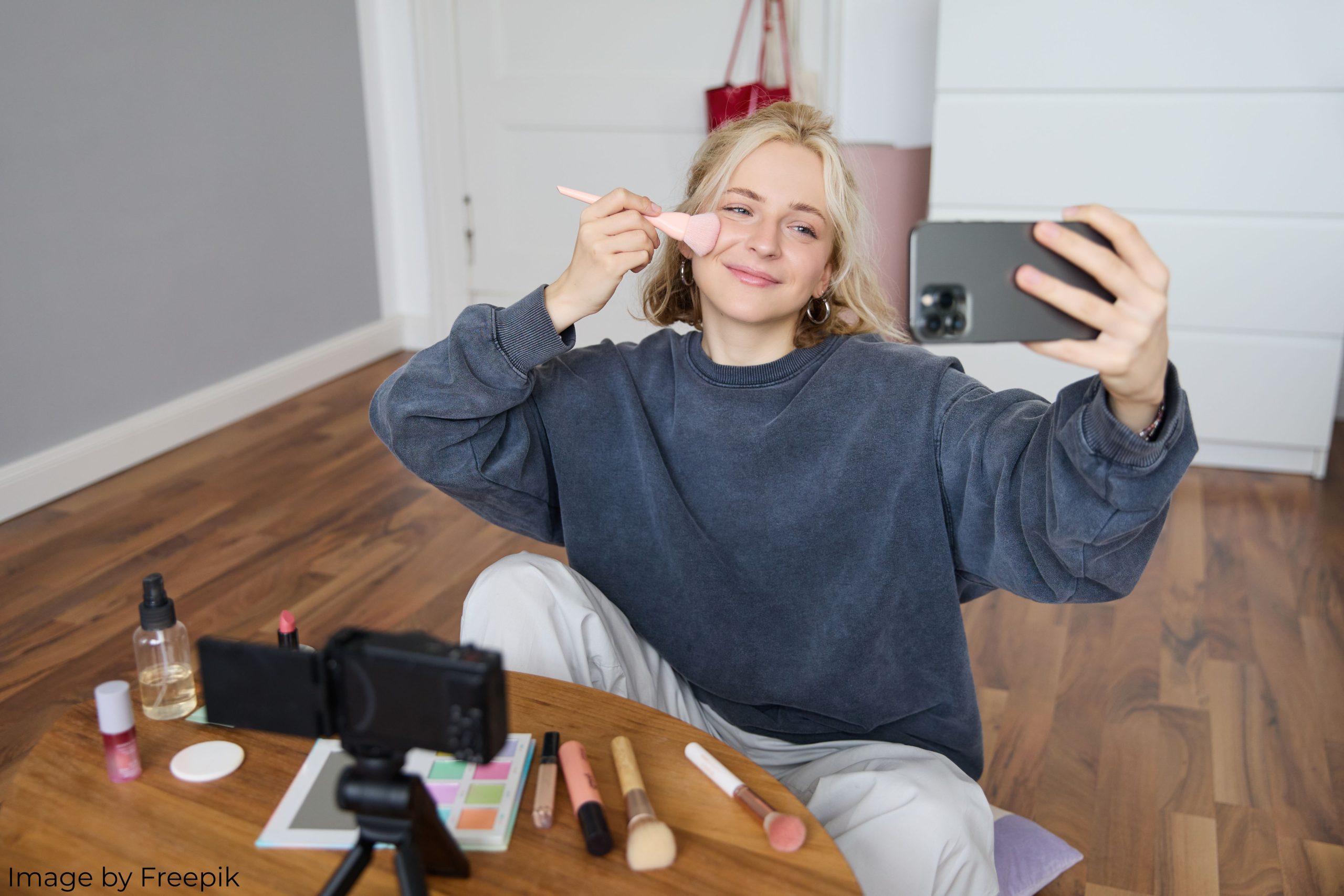
But working with the latter typically falls within the category of celebrity endorsements. These do not always lie within the scope or budgets of influencer marketing departments and may involve multi-platform activations.
Admittedly, many mega-influencers who became famous through their social media activities go on to gain celebrity status. Their mainstream success, in fact, elevates them from relatable to aspirational. They achieve influence, assets, and coverage comparable to a-list celebrities in any other traditional sphere of entertainment.
Despite this, successful mega-influencers maintain authentic personalities thanks to:
- Self-made success stories as creators;
- Ability to entertain/educate their audiences in more frequent capacities than mainstream celebrities;
- Ability to cater their main offerings (as content, owned merchandise, and so on) to their followers’ preferences.
The content and engagement opportunities they have offered their followers have built up both the creator’s credibility, and the followers’ parasocial relationships with them. Followers feel closer to, and more trusting of these creators compared to traditional celebrities.
Is it risky to work with Big Influencers?
Evidently, mega-influencers have several benefits. However, working with them can also be perceived as risky. In fact, it involves investing a large sum of money on a single channel, even though CPMs may be low.
For instance, let’s consider a smaller youtube influencer with 100K average views quotes a fee of $5000. This would bring their CPM in at $50. Meanwhile, what if someone told you a mega influencer’s CPM is only $20? From a performance perspective, a $20 CPM would seem like the obvious choice!
But when we consider that the mega-influencer’s average views come in at around 5M, and realise it involves spending $100,000 on a single creator, the choice does not seem as obvious anymore.
Influencer Marketing does still have some amount of uncertainty around it. Therefore, our loss prevention biases can make the prospect of losing $100,000 on a bad investment influence our decision more than the possibility of gaining a much higher ROI & EMV. Comparatively, losing $5000 will not seem as significant, and even though the potential returns on this creator may not even be 100%, we might feel like choosing the smaller influencer is a less risky choice.
These biases are not unfounded. Risk mitigation and strategic investments are very important parts of building successful Influencer Marketing strategies. This is why it is possible to undertake some key steps to ensure the ROI maximisation on a mega-influencer collaboration.
How to work with Big influencers
This section breaks down some best practices using the Top Troops x MrBeast Campaign MediaBodies ran with Social Point.

1. Consider Your Objectives
One of the initial questions you’ll be asking yourself will be – when should I work with a mega-influencer?
Bigger influencers can be great for brand awareness and brand & identity building objectives. These may be centred around a significant marketing event – like a new launch, a rebrand, an upgrade, an anniversary, an event or other occasion, a limited-time activation, and so on.
Achieving the target KPIs expected for these significant events with micro-influencers alone would require volumes at a massive, unmanageable scale. This is something the broad reach provided by macro-influencers can help achieve easily without worrying about outreach, responsiveness, timelines, draft management, payments, and so on.
Mega-influencer activities not only reach their regular viewers, but also mainstream news media – which encourages more coverage, reporting, and conversations. They can consequently increase EMV, further amplify the reach, and improve the performance of other marketing channels too.
Speaking of scale, big influencers can be particularly useful to amplify the impact of performance campaigns too. However, working with these creators for pure performance campaigns typically comes later, during the ‘Scaling Up’ phases of campaigns. This can happen after significant and sufficient data has been gathered through testing and optimisation, or if there is sufficient data and confidence around the target audience profile.
This brings us to the next best practice:
2. Choose your Mega-Influencers strategically.
Whether you’re looking to launch your influencer marketing efforts by generating more awareness, or looking to specifically drive influencer marketing ROI, strategically choosing your mega-influencers is critical.
We’ve discussed the steps to finding influencers, and the factors to consider when finding bigger influencers are no different. A wide reach is not enough. You need to ensure that the majority of the people within this ‘reach’ match your ideal customer profile.
This involves analysing how well the mega influencer’s audience age, location, gender, and interests match up to your brand’s ideal consumer.
An influencer-brand alignment when working with big influencers is even more important than with smaller creators. A misalignment can be damaging for both, the brand and the influencer. It can create negative perceptions towards the brand and the creator, and prevent other influencers from partnering with the brand in the future to avoid similar backlash.
3. Increase Performance with Gift Codes, Rewards, Contests and Giveaways
One of the secrets to building a successful, scalable influencer marketing strategy is to iterate. As you get to the scaling phases in campaigns where your investment is significant- whether this is working with influencers at scale, or working with mega-influencers- one of the key ways to optimise for ROI is by adding additional purchase incentives.
These additional incentives are typically intended to appeal to consumers’ sense of gratification, and can take the form of discounted items – represented in gift or coupon codes, or free items represented by contests and giveaways. These incentives can have a significant impact on ROI and conversion rates and retention; where we have seen increases in ROI by up to 104%.
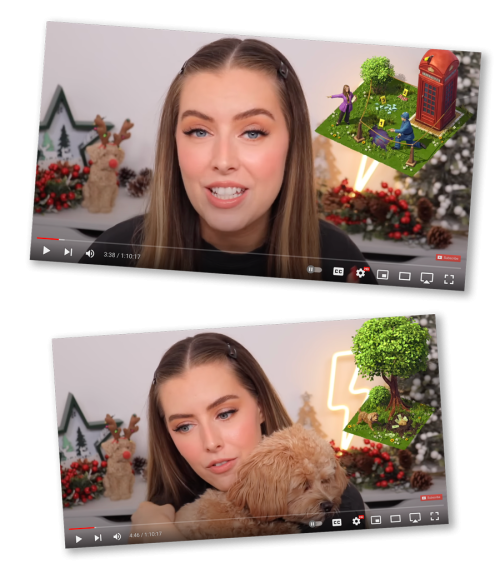
4. Increase Performance Outcomes by Developing Custom Assets based on the Influencer
Custom Assets refer to product items that carry the influencer’s likeness or brand in some form or the other. For mobile or PC/Console games, this could mean creating a character or challenge within your game inspired by the Influencer. For an athleisure brand, this could mean an item designed by the influencer; for a beverages brand, a custom flavour created with the influencer, and so on.
Custom products and integrations can be time consuming and costly, since it involves significant investment from the product development teams, production changes, approvals, and so on.
But there are ways for you brand to work with a bigger influencer in a more personalised way without having to invest in creating entirely new custom products.
For instance, taking existing products and changing smaller features to make them appear like they were created for the influencer. This could mean changing the name, pricing, packaging, promotional pictures, product landing pages, etc.
In our Influencer Marketing Campaign for Twodots, we assigned pre-existing game elements to different influencers based on their personal brands. A beauty influencer was assigned a lipstick, a burger-lover was assigned a burger, and so on. We then created a ‘scavenger hunt’ event for followers, encouraging them to find the items that represented their favourite influencers.
As another example, a fashion brand may create a separate ‘curated collection’ by the influencer. A ‘curation’ doesn’t mean ‘creation’. This could simply mean the influencer selecting specific items from the existing product catalogue and endorsing these as their ‘picks.’ A separate landing page and some images of the influencer wearing the pieces would be enough to make it seem like a personalised collection.
In this way, we can leverage the benefits of custom assets without actually having to create entirely new ones!
5. Integrate Your other Marketing Activities
Another important factor in maximising the ROI of mega-influencer collaborations is to integrate these with other marketing channels like PR, Paid ads, POS promotions, and so on, to really make the most of the investment.
As we discussed, big influencers often have celebrity status and gain fair coverage in the mantram media. We also know that influencer marketing is not a bottom funnel activity. It plays a significant role in adding potential customers to various parts of the pipeline, and eventually lead to conversions. This is why it is important to maximise the EMV, usage scope, and so on to ensure we’re using the influencer’s identity and image to draw in as many people as possible into the pipeline.
6. Negotiate Strategically
Naturally, mega-influencers’ prices will be significant- ranging from 5 to 8 figures depending on the platform, deliverables, and so on. This makes negotiations a key part of setting these collaborations up for success.
Timeliness is key, so it is important to have internal processes aligned and committed to the budget at the outset. These creators are highly sought after, and often have limited sponsored slots depending on their posting schedules, exclusive partnerships, and own businesses- which means these slots can be booked up well in advance.
They also may have separate management and legal teams reviewing terms of offers and relaying information back and forth. This can prolong processes and include several rounds of agreement revisions before a version is signed, making it important to reach out well in advance.
Whilst negotiating terms and deliverables, it is also important to pitch the integration as something that will be significantly advantageous to the influencer’s brand and well received by their audience too.
Mega-influencers in particular will often want stricter creative control, and working with them on creating a concept will result in a more creative and well integrated collaboration, tailored to the audience.
A collaborative approach can also help maintain positive relationships with the creator. This will make the pricing and deliverables fairer, allowing you to choose which video you’d like the ad to be included in, and keeping the influencer’s team open to future collaborations.
What is a Good Example of a Mega-Influencer Collaboration?
Media Bodies’ MrBeast x Top Troops campaign with Social Point demonstrates the above tips in practice.
Social Point wanted to kick-off the global launch of their brand new IP Top Troops with a mega-influencer collaboration. The objective was to reach large masses of target audience, drive awareness and instals, create wider media coverage, and tie into wider funnel activities.
The reason we chose MrBeast was not simply because of his reach. At least 25% of his global audience is in Tier 1 countries and comprises a majority of 25+ males, matching the game’s target audience.
Additionally, for a mega-influencer of his size, MrBeast’s engagement rates and audience retention are particularly promising due to the higher quality production and engaging content formats.
We had worked with MrBeast on prior integrations for Social Point’s other games with similar core consumers like Dragon City. So we knew that his integrations performed well and were effective in reaching and converting the core target audience.
However, we knew that working with the biggest YouTuber in the world would require a significant investment, and we had to take additional measures to make the offering as appealing as possible to his followers and drive the maximum ROI.
Social Point created a ‘MrBeast’ game character, a limited time MrBeast challenge, and a reward pack of in-game currency.
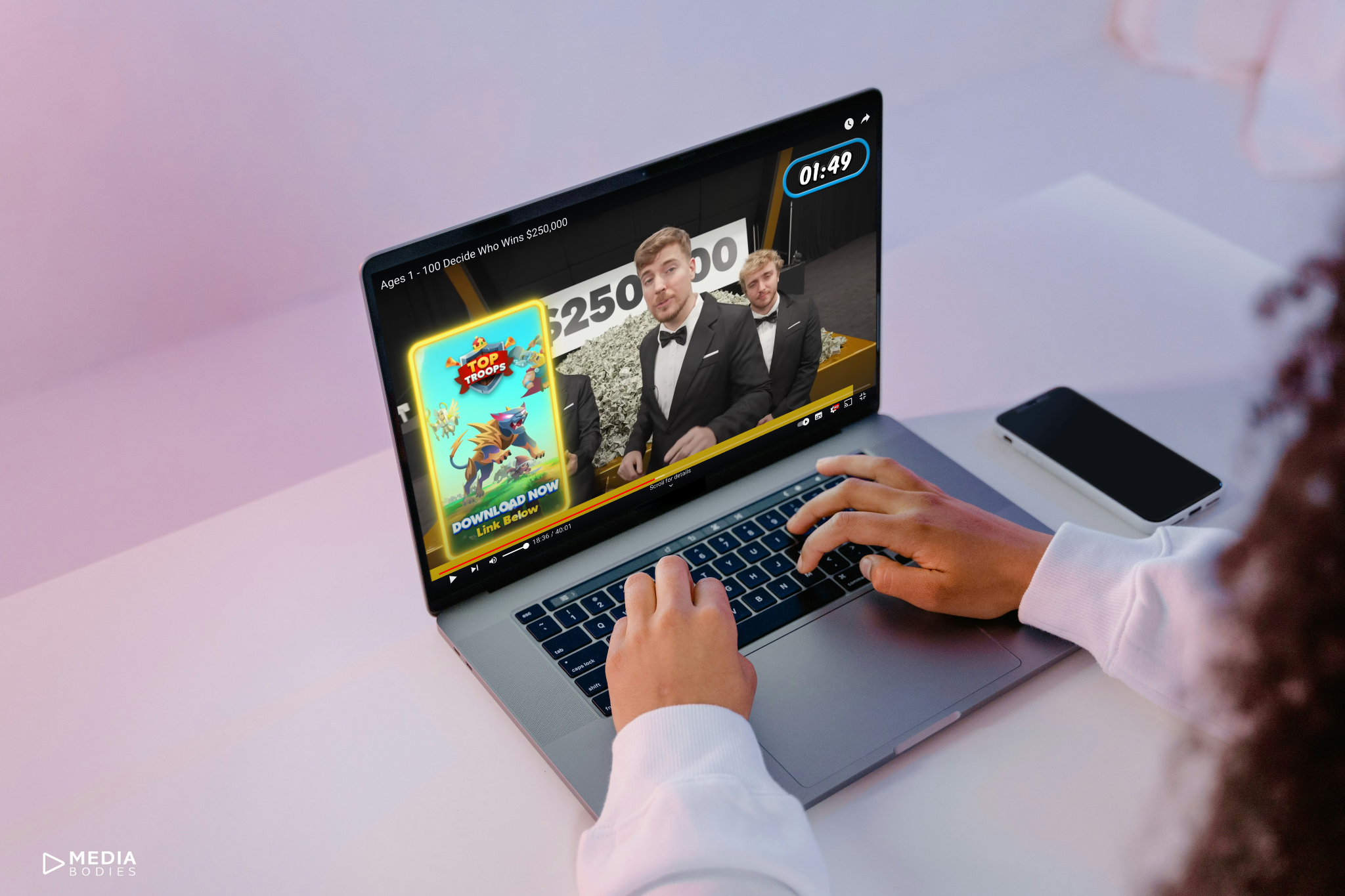
Personalising the item reinforced MrBeast’s investment in the partnership due to the willingness to lend his likeness to the game. Simultaneously , it reinforced the brand’s support of his content due to the significant investment this would have required. The end result appeared as a good brand-influencer fit.
Custom MrBeast game elements and limited-time challenges maximised ROI and engaged audiences significantly.
Ensuring negotiations included usage of the partnership disclosure, custom assets,and final integration in other marketing channels helped make the most out of the integration content well beyond the 60 second integration.
The, integration gained 48M views in under 24 hours, achieving a fantastic CPM and successful reach.
Summing up: Are Mega-Influencers Worth It?
In a world where more brands are taking interest in influencers with more intimate communities, it can be challenging to gauge the value of working with larger influencers as the advice around the best practices for working with them becomes more scarce.
And while working with these larger creators does come with its own challenges, it is worth remembering that many mega-influencers have gained their ‘mega’ status because they create significant value for their audiences in some way. This may be through their content, personalities, or both- and this can result in fantastic influencer-brand collaborations when executed strategically using the ROI optimising practices we outlined above.
Frequently Asked Questions (FAQs) about Mega-Influencers
1. What is a mega-influencer?
A mega-influencer is a creator with a vast reach, typically characterised by having over 1 million average views on their recent content. These influencers represent a small percentage of creators but account for a significant portion of total views, making them crucial for scalable influencer marketing campaigns.
2. How do mega-influencers differ from celebrities?
Mega-influencers are often distinguished from traditional celebrities by their origin of fame. Mega-influencers typically gain popularity through their social media activities, whereas celebrities might gain their following through achievements outside of social media. However, many mega-influencers eventually attain celebrity status due to their mainstream success.
3. How do mega-influencers maintain authenticity compared to traditional celebrities?
Mega-influencers often maintain more accessible and authentic personalities due to their self-made success and frequent, engaging content. This fosters stronger parasocial relationships with followers, who may trust these influencers more than traditional celebrities.
4. When should a brand consider working with a mega-influencer?
Brands should consider mega-influencers for campaigns focused on broad brand awareness, identity building, and significant marketing events such as new launches, rebrands, or special activations. They are also useful for amplifying the impact of performance campaigns during the scaling phases after sufficient data has been gathered.
5. How can brands choose the right mega-influencer?
Brands should strategically select mega-influencers whose audience demographics align with their ideal customer profile. This involves analyzing the influencer’s audience age, location, gender, and interests to ensure a good match, which can prevent negative perceptions and potential backlash.
6. What strategies can maximize the ROI of mega-influencer collaborations?
- Custom Assets: Develop custom products or assets featuring the influencer’s likeness or brand.
- Purchase Incentives: Use gift codes, rewards, contests, and giveaways to boost engagement and conversions.
- Integration with Other Marketing Activities: Combine the influencer campaign with PR, paid ads, and other marketing channels to maximize reach and impact.
- Strategic Negotiations: Engage in timely and strategic negotiations to secure favorable terms and deliverables, ensuring the collaboration aligns with both the brand’s and influencer’s goals.
7. What is a good example of a successful mega-influencer collaboration?
Media Bodies’ MrBeast x Top Troops campaign for Social Point is a prime example. By creating a custom MrBeast character and a limited-time challenge, along with leveraging MrBeast’s significant reach and engagement, the campaign achieved outstanding results, including 48 million views in under 24 hours.
8. Are mega-influencers worth the investment?
While mega-influencer collaborations come with challenges and high costs, they can provide substantial value when executed strategically. Their ability to generate significant reach, engagement, and media coverage makes them a valuable asset for achieving specific marketing objectives.

